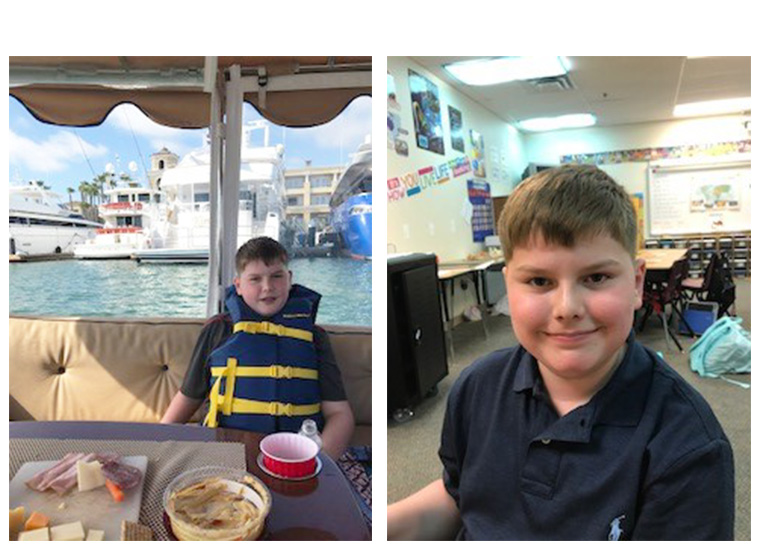When Mason Maltby was 2-years-old, he lost all language and eye contact. He was soon diagnosed with autism. Shortly thereafter, someone gave his mom, Alisa, information about SARRC—information, she says, that became critical to impacting Mason’s life.
Among other programs, the Maltby family participated in SARRC’s Comprehensive Behavioral Program. The program supports clients ranging in age from toddler through adulthood, and provides individualized services based on identified goals. Like the Maltbys, each family is assigned a team of 3 highly trained clinicians and a Board Certified Behavior Analyst.
Individualized, On-Site Services
While each clinician works in tandem on goals and outcomes, it’s extremely important that clients are practicing skills across environments and with different people, explains Bethany DeMore Chadd, M.A., BCBA, Senior Clinical Manager, Individualized Services at SARRC. This is why the clinicians meet with their clients in their everyday environments—whether that is home, school or work. It can also include outings such as shopping, taking transportation (to teach them how to use it), or anywhere else a client may need support.
“No family’s program is the same. We’ll go anywhere in our client’s natural environment to help them be successful,” says Chadd.
While every program is highly individualized to each client, it is created based on the theory of applied behavior analysis (ABA), which research has shown is an effective treatment for autism.
“The beauty of behavior analysis is that each intervention can be broken down to the core principles of the science,” Chadd explains. “We train our staff in these core principles, which allows them to learn and create new interventions quickly.”
A Far-Reaching Impact
For Mason, that meant behavioral therapy at home, during typical outings like the grocery store, and parent training. The skills taught helped not only Mason, but the entire family.
“[The clinicians] were always professional but also felt as part of the family coming into our home weekly,” says Alisa. “At time of crisis they were always available to assist and teach us. The program made us part of the team and that was vital for us, as his parents, to learn so we can help teach and guide him for his future.”
The program impacts not only the client and their family, but encourages community members to be part of the treatment, as well.
“From cashiers and bus drivers to barbers and waiters, we hope we have an impact far beyond our clients,” says Chadd. “We hope we are helping to shape a more inclusive environment everywhere.”
The program is breaking barriers within the school systems as well, partnering with teachers and specialists to develop interventions to meet the needs of the client in the inclusive school environment.
“Providing treatment in the schools allows us to collaborate with our clients, families and teachers to ensure success, and ultimately encourage inclusive practices in a vital community setting. The more schools we partner with, the greater impact we can make,” Chadd explains.
Goals Met
Today, Mason is 11 and was recently discharged from the program.
“Both the team and us felt at the time that there was nothing more they could work with him on and that we had the skills if anything came up to handle,” says Alisa. “Looking back, we can definitely say that SARRC was the best decision we ever made in regards to Mason and the family.”
And that’s exactly the impact the program is designed to have.

